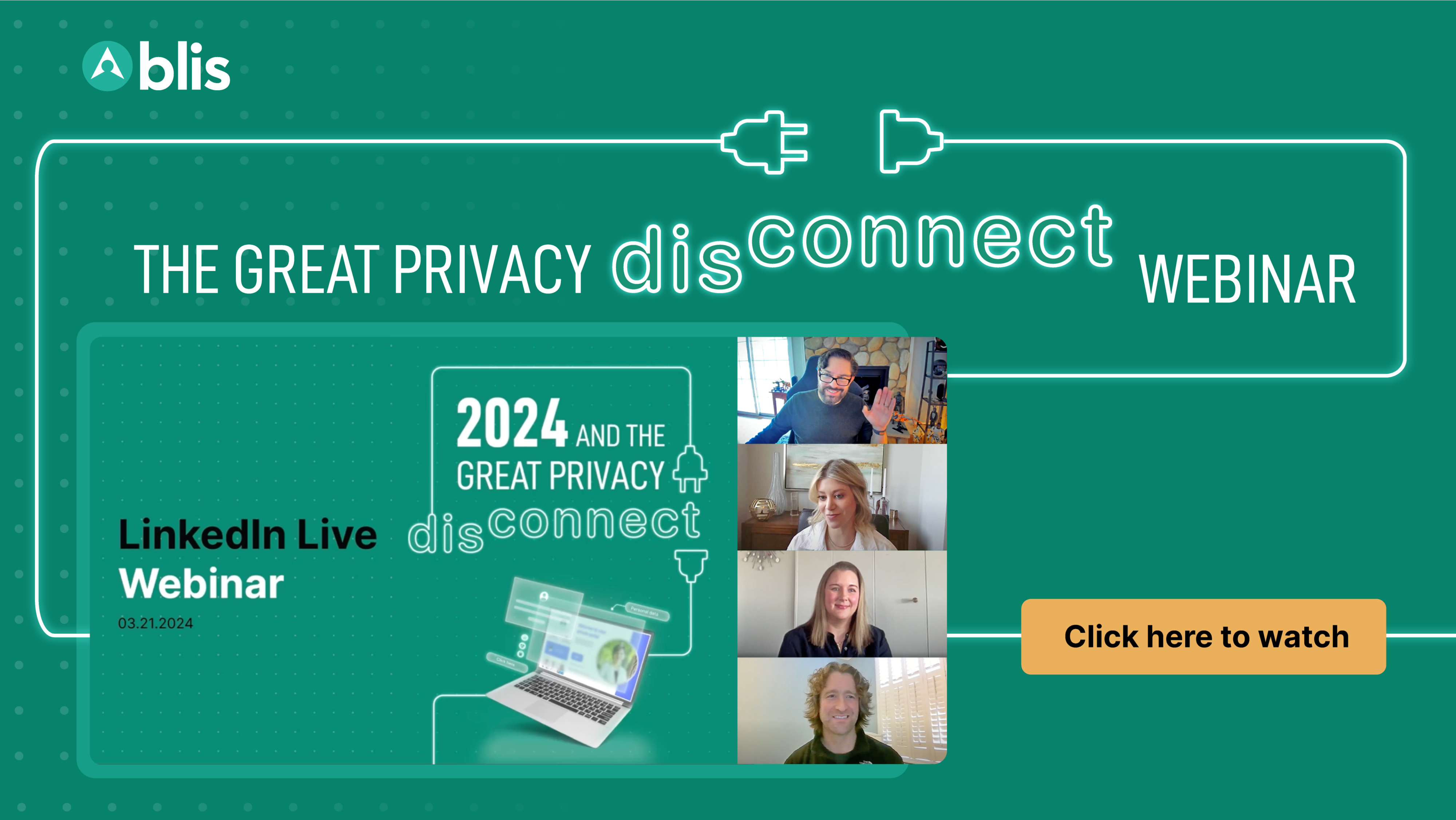For decades, traditional market research was the de facto method of understanding behaviour, superseding instinct. Our powers of cognition – attention, processing, memory, reflexive and rational thought – have not changed. While it’s tempting to view the world today as more complex, this is how every previous generation has felt.
What can’t be disputed though, is that the range, availability and accessibility of products, services and media was certainly less complex. The average supermarket now stocks more than 40,000 products. In the 1990s it was less than 10,000. At the same time, the proliferation of content access points, hubs and platforms have fragmented the opportunities for brands to get in front of their customers.
Behind all of this change and disruption is the knowledge that while behaviour is predictable, decision making is not.
In addition to this, our behaviour online doesn’t necessarily translate to real-life behaviour in the real world. We may post a picture of a beautiful salad on Instagram and omit the side of fries that we tucked into off camera. Without context, information is arbitrary and the same applies to data. It’s only by examining the information through a human lens and selecting the most appropriate datasets that useful insights can be established and specific brand challenges addressed.
Brands that understand behaviour can better influence decision-making. This key insight was the basis for a discussion on a recent Campaign webinar with Campaign’s Global Tech Editor, Omar Oakes, Blis’ Head of Insights Alex Wright and Francois Brugiere Brand Marketing Manager for Activia UK.
Key takeaways from the “Real-world intelligence: how the world eats” report, unpicked the interplay between consumers visiting large global brands in the quick-service restaurant (QSR) sector across Australia, Singapore, UK and US. Our accompanying infographic demonstrates how these QSRs saw high rates of crossover outside of their direct segment competitors and how levels of loyalty are impacted by population density.
Taking a deep dive into Activia’s Light & Free yoghurt, Francois and his team used the insights gained through observing consumer behaviour and leveraged their audience’s favourite brands and passion points, bringing them to life in the real world, through music and art. They recognised that, while demographic data is a useful indicator of behaviour, what age you are is no longer a strong enough predictor of activity.
“If you want to see how a lion hunts, don’t go to the zoo, go to the jungle.”
In such a promiscuous market, these distinctions helped differentiate the product and drove the year’s most innovative launch. For Activia, the importance of driving loyalty was secondary to ensuring high frequency and getting the product in front of as many consumers as possible. Using new media models enabled the brand to talk to the audience in more nuanced ways that appealed directly to their passions and interests.
By focusing attention on what consumers do in the real world, brands can answer the questions they need to resolve, utilising different sources at different stages of a marketing strategy.
To hear the discussion in full click here.





